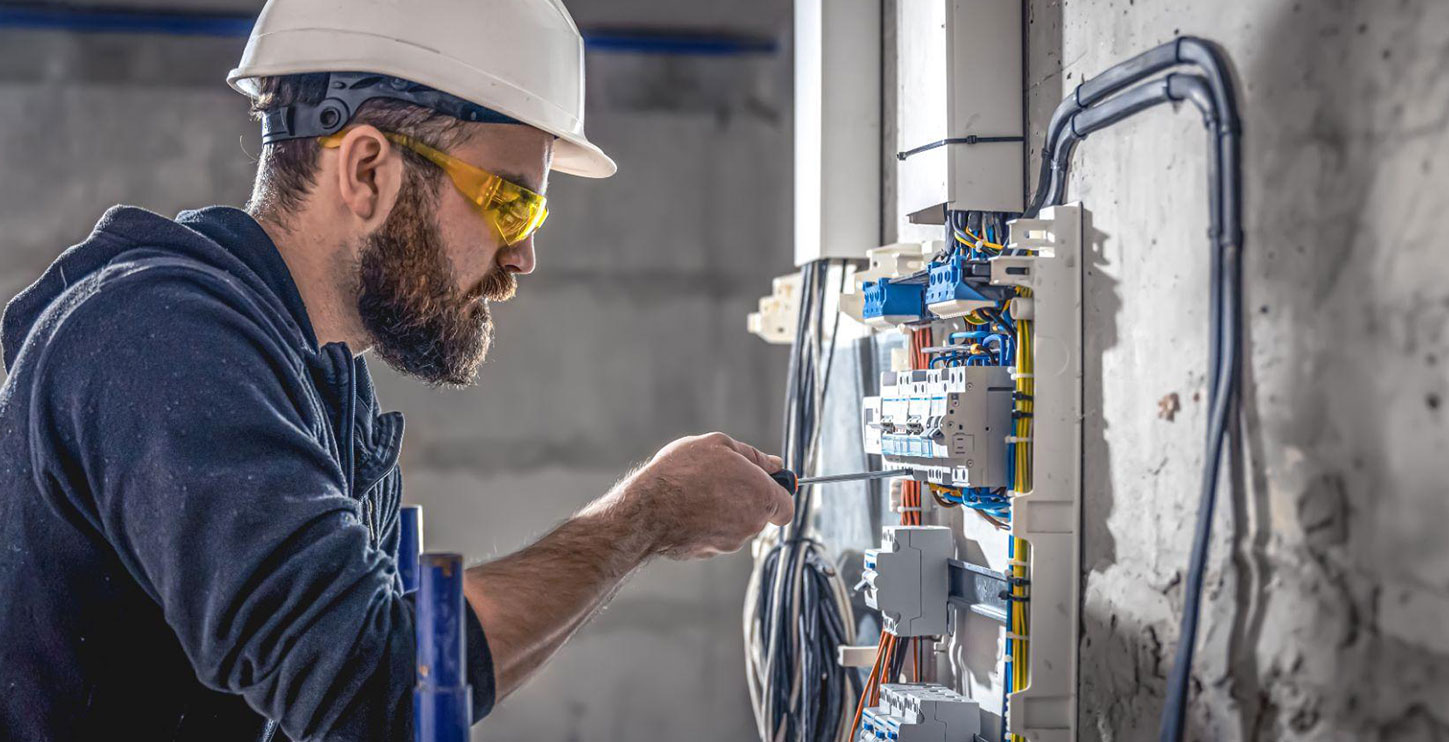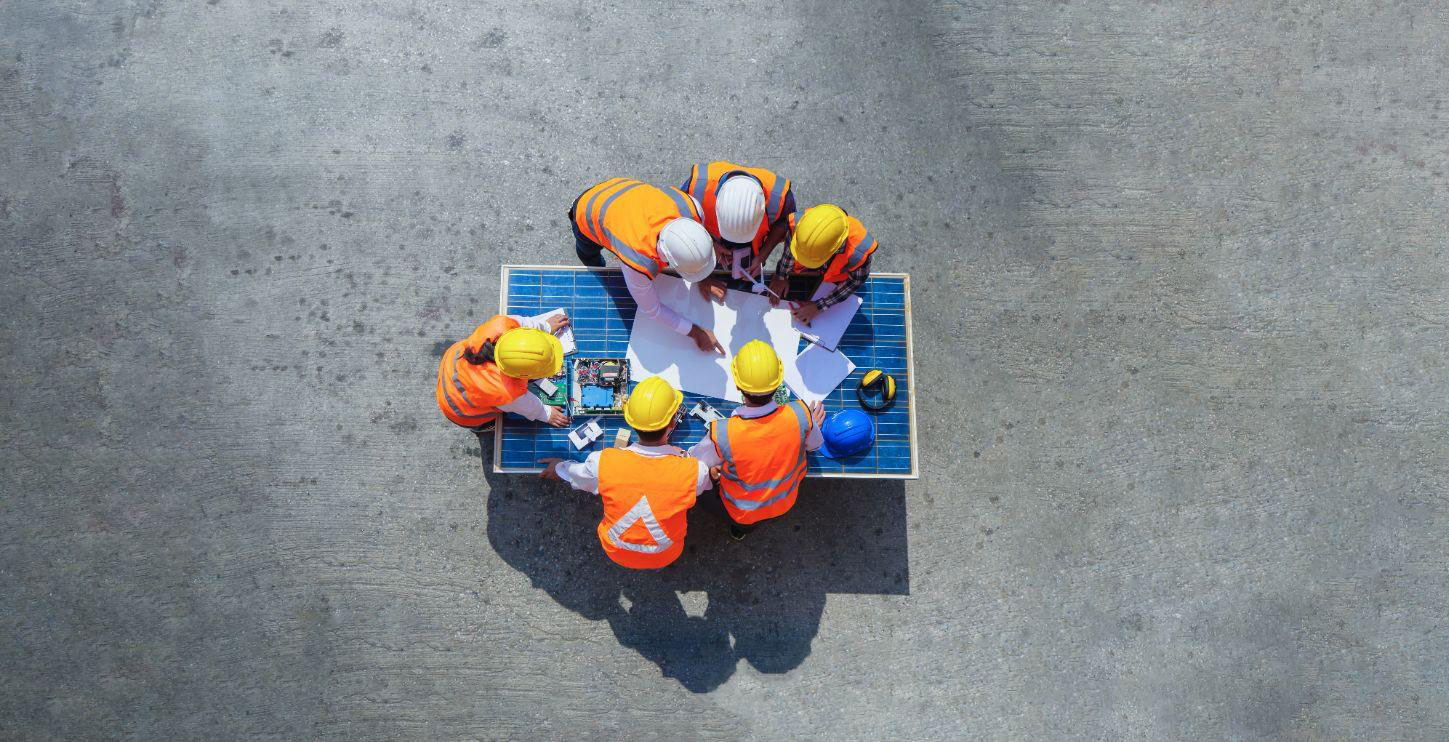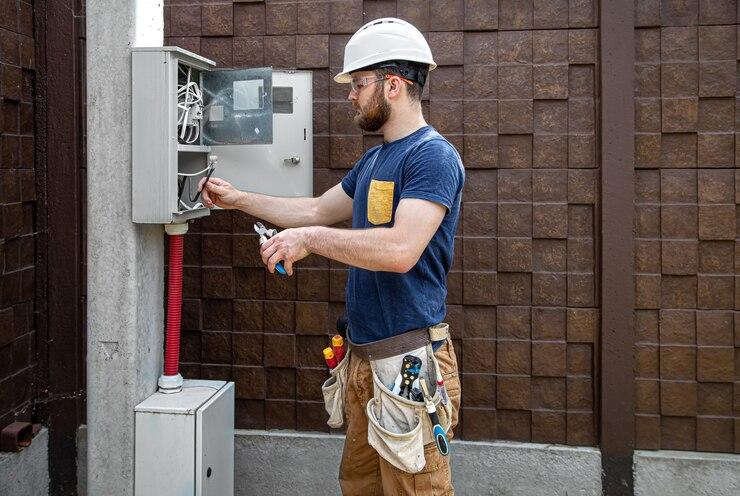A Comprehensive Guide to Switchboard Upgrades and Safety Switch Installation.
Table of Contents
ToggleIn the world of household electrical systems, the switchboard is often the unsung hero. It’s the nerve centre of your home’s electrical network, directing power to where it’s needed and ensuring safety along the way. However, as technology advances and electrical demands increase, the humble switchboard may need an upgrade to keep pace with modern needs. Additionally, the installation of safety switches adds an extra layer of protection for you and your loved ones. In this comprehensive guide, we’ll delve into switchboard upgrades and safety switch installation, covering everything you need to know to ensure a safe and efficient electrical system in your home.
Understanding Switchboard Installation:
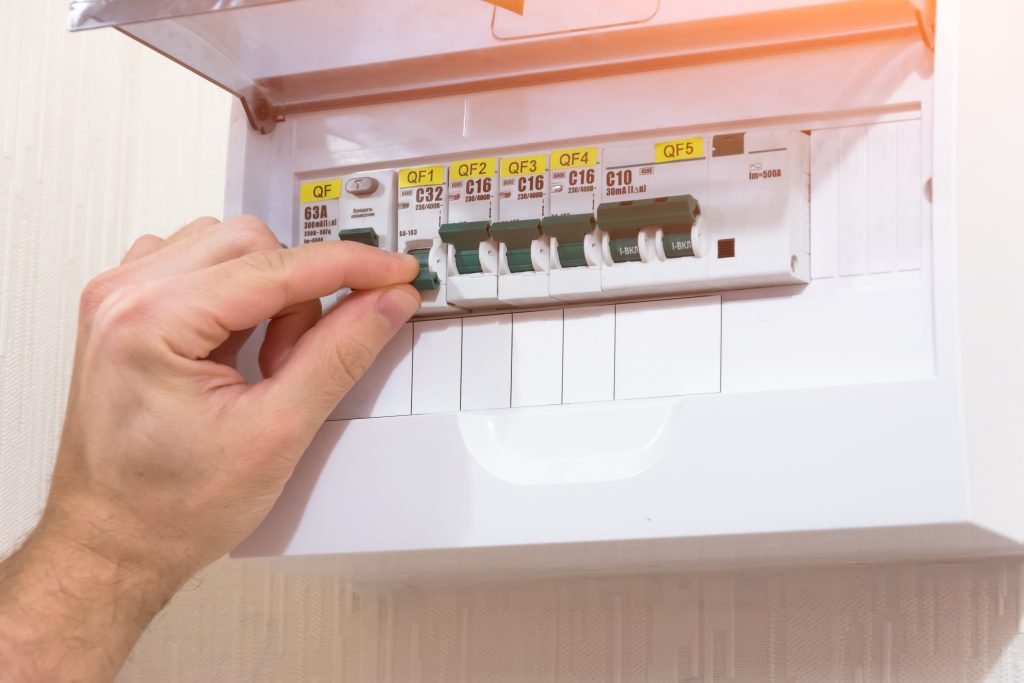
Before diving into upgrades and installations, let’s start with the basics. A switchboard, also known as a fuse box or consumer unit, is the central point where electricity from the grid enters your home and is distributed to various circuits. It contains circuit breakers or fuses that protect each circuit from overloads and short circuits.
Components of a Switchboard:
1. Main Switch: The main switch controls the flow of electricity from the grid into your home. It is the primary means of disconnecting power to the entire premises in case of an emergency or maintenance.
2. Circuit Breakers or Fuses: These devices protect individual circuits within your home from overloads and short circuits. Circuit breakers automatically trip when they detect an electrical fault, cutting off power to the affected circuit. Fuses perform a similar function but must be replaced manually after they have blown.
3. Busbars: Busbars distribute electricity from the main switch to the various circuit breakers or fuses within the switchboard. They serve as conductors, ensuring that power is distributed safely and efficiently.
4. Neutral and Earth Bars: The neutral bar provides a connection point for the neutral wires from the circuits, while the earth bar is used for grounding. Proper grounding is essential for electrical safety, as it provides a path for excess electricity to safely dissipate into the ground.
Signs You Need a Switchboard Upgrade:
Over time, switchboards can become outdated or overloaded, posing safety risks. Here are some signs that indicate it may be time for a switchboard installation upgrade:
1. Frequent Tripping: If your circuit breakers trip frequently, it could be a sign that your switchboard is struggling to handle the electrical load.
2. Older System: If your switchboard is several decades old, it likely doesn’t meet modern safety standards and may lack the capacity to support today’s electrical needs.
3. Burning Smell or Scorch Marks: A burning smell or scorch marks around the switchboard indicate overheating, which is a serious safety hazard.
4. Limited Outlets: If you find yourself constantly using power strips and extension cords due to a lack of outlets, your switchboard may need upgrading to accommodate additional circuits.
Switchboard Upgrade Process:
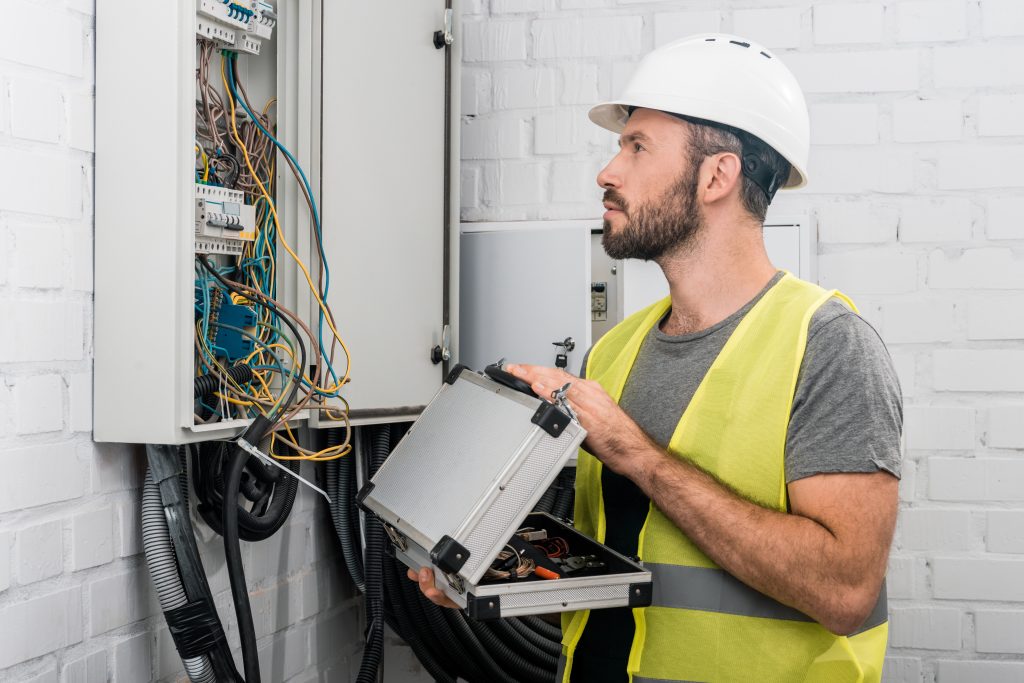
When upgrading your switchboard, it’s essential to hire a licensed residential electrician to ensure the work is done safely and up to code. The process typically involves the following steps:
1. Assessment: The electrician will assess your current switchboard, identifying any issues and determining the appropriate upgrades needed.
2. Design: Based on the assessment, the electrician will design a new switchboard layout that meets your household’s electrical demands and complies with safety regulations.
3. Installation: Once the design is finalized, the electrician will install the new switchboard, ensuring all wiring and connections are properly configured.
4. Testing: After installation, the electrician will test the switchboard to ensure it functions correctly and safely, including checking for proper grounding and circuit protection.
Safety Switches and Switchboard Installation:
In addition to upgrading your switchboard, installing safety switches, also known as residual current devices (RCDs) or ground fault circuit interrupters (GFCIs), is crucial for enhancing electrical safety in your home. Safety switches monitor the flow of electricity and automatically cut power if they detect a fault, such as a short circuit or electric shock.
Benefits of Safety Switches:
Prevent Electric Shocks:Safety switches provide an extra layer of protection against electric shocks, reducing the risk of injury or death. Fire Prevention:By quickly cutting power in the event of a fault, safety switches help prevent electrical fires. Compliance: In many regions, safety switches are now mandatory for all residential properties, ensuring compliance with safety regulations.
Conclusion:
Upgrading your switchboard and completing a safety switch installation are essential steps in maintaining a safe and efficient electrical system in your home. By addressing outdated or overloaded switchboards and adding the protection of safety switches, you can significantly reduce the risk of electrical hazards and enjoy greater peace of mind. Remember to always enlist the services of a qualified residential electrician for any electrical work to ensure safety and compliance with regulations. Your home’s electrical system is not something to take lightly, so investing in upgrades and safety measures is a decision that pays off in the long run.





